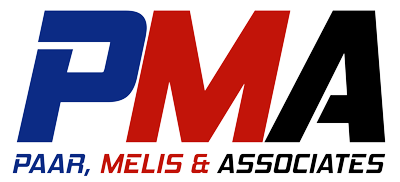Retirement planning is one of the most effective ways to save on taxes while securing your financial future. As the end of the year approaches, it’s time to evaluate your options for funding retirement accounts and reaping the tax benefits. Here’s what every business owner and individual should know about maximizing their retirement contributions.
Understanding the Types of Accounts
- Traditional and Roth IRAs:
These are personal accounts that anyone can set up, regardless of employment. Contributions to Traditional IRAs are tax-deductible, but withdrawals are taxed in retirement. On the other hand, Roth IRAs don’t provide an upfront deduction, but the withdrawals are tax-free. - Simple IRAs:
Ideal for small businesses, Simple IRAs require employer contributions, typically up to 3% of an employee’s salary. They’re easy to administer and cost-effective compared to 401(k)s. - 401(k)s:
The most advanced option, 401(k)s allow for higher contribution limits and more customization, but they come with higher administrative costs. They’re perfect for businesses looking to invest heavily in retirement benefits.
Why Contributions Matter Now
Funding retirement accounts before December 31 allows you to capitalize on tax savings for the current year. Even if you miss this deadline, you may have until April 15 of next year to fund IRAs. However, don’t wait—compound interest rewards early and consistent contributions.
Key Takeaways for Business Owners
- Evaluate whether a Simple IRA or a 401(k) better suits your business structure and cash flow.
- Plan for payroll-based contributions to Simple IRAs or 401(k)s.
- Don’t overextend your finances. Focus on sustainable contributions rather than one-time large deposits.
Retirement planning isn’t just a financial decision; it’s an investment in your future security. Start small, stay consistent, and consult a financial advisor to ensure you’re on the right track.

